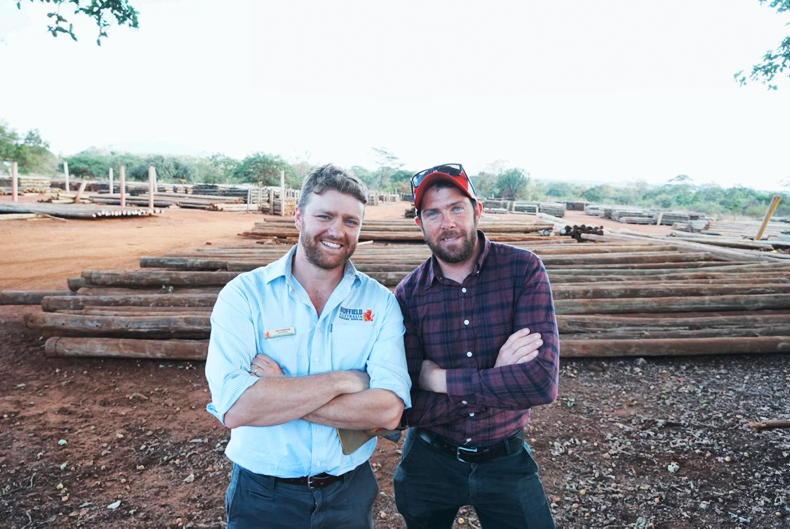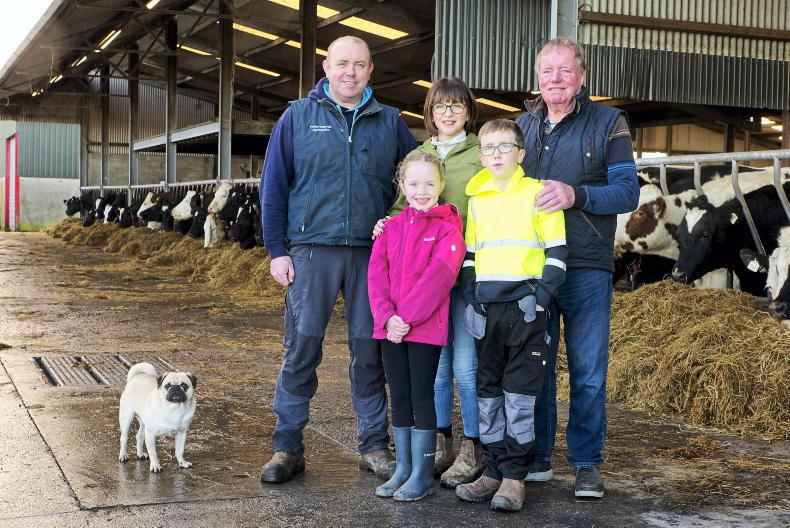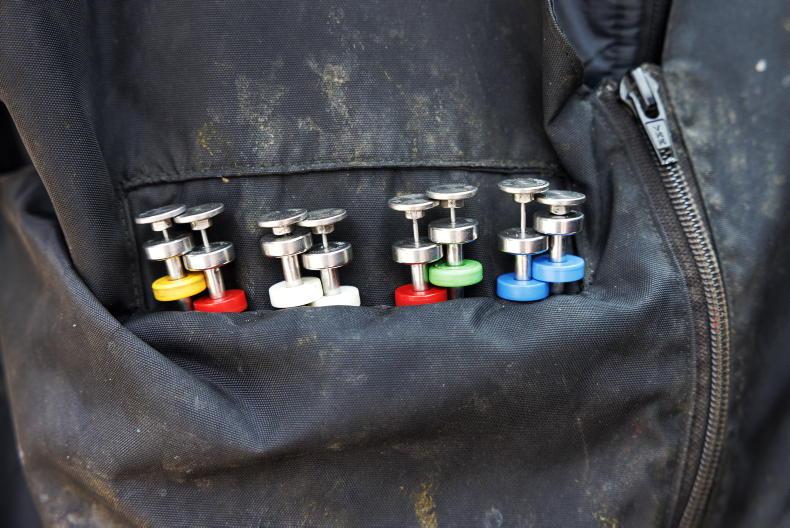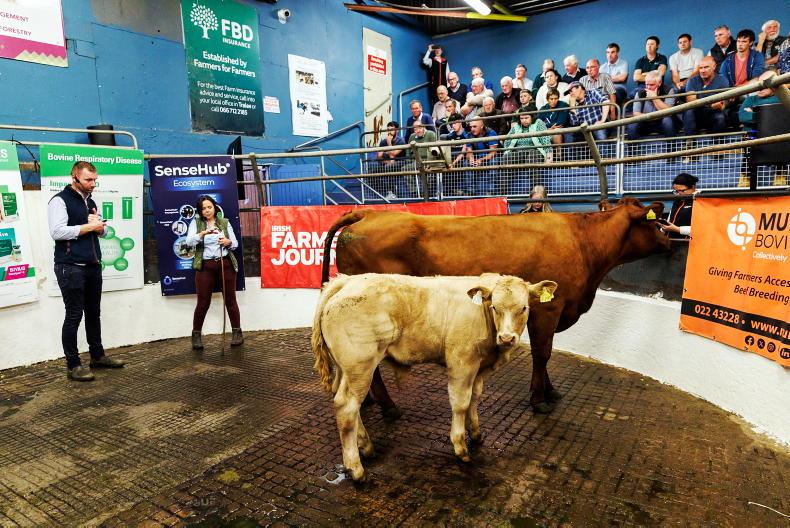For suckler herds that primarily calve from March through May, breeding will most likely start during the next week.
A successful breeding season can be partly influenced by general herd management.
As such, outlined are some tips to keep in mind.
1. Limiting cow numbers with stock bulls
Stock bulls, and in particular young bulls in their first breeding season, need careful management. Too many cows can cause fertility problems.
That is especially true in herds with a tight calving block. Multiple cows will come into heat on the same day and the bull will struggle to cover all animals.
As a rule of thumb, give stock bulls one cow per month of age up to three year old. For example, an 18-month-old bull should get no more than 18 cows and a 24-month-old bull limited to 24 cows.
2. Offer cows good grass and mineral supplementation
Aim to keep cows moving into grass swards with ideal covers for grazing. The more digestible leaf in the sward the better, although keeping grass under control in June is difficult.
It is important cows have a steady, consistent diet during the breeding season, so keep fertiliser applications up to date to ensure a good grass supply over June and July.
Keep in mind that breeding normally coincides with the time cows hit peak milk production, which significantly increases demand for energy in the diet.
Providing good-quality grass should meet that energy demand and have a positive effect on cow fertility. Cows should also be properly supplemented with trace minerals.
3. Watch the bull for breeding activity
If cows run with a stock bull, you should still take the time to watch the herd sire during the breeding season.
Check the bull is following cows in heat, moving freely on all four legs, has no issues with feet and the animal is mounting properly also.
Spend 15 to 20 minutes every day watching for breeding activity. Keep safety in mind by not getting too close to the bull.
4. Note when cows are served and the date
As cows are covered by stock bull or AI, note down ear numbers and the date animals were seen being served.
Keep an eye out for these animals around 18 to 21 days after service for signs of repeat breeding activity.
There will always be a few animals that repeat. But if big numbers are coming back into heat, there is a fertility issue that needs sorting immediately.
5. Keeping a routine for cows bred to AI
If AI is used to serve cows, having a daily routine for handling animals will help bring cows in for inseminating without fuss.
For example, feeding a small volume of meal every day in a collecting pen or on a laneway will train cows to come to you. Cows that are in heat can be easily slipped out for AI with little fuss.
Read more
Managing the grazing rotation through peak grass growth
Mass exodus of small farmers
For suckler herds that primarily calve from March through May, breeding will most likely start during the next week.
A successful breeding season can be partly influenced by general herd management.
As such, outlined are some tips to keep in mind.
1. Limiting cow numbers with stock bulls
Stock bulls, and in particular young bulls in their first breeding season, need careful management. Too many cows can cause fertility problems.
That is especially true in herds with a tight calving block. Multiple cows will come into heat on the same day and the bull will struggle to cover all animals.
As a rule of thumb, give stock bulls one cow per month of age up to three year old. For example, an 18-month-old bull should get no more than 18 cows and a 24-month-old bull limited to 24 cows.
2. Offer cows good grass and mineral supplementation
Aim to keep cows moving into grass swards with ideal covers for grazing. The more digestible leaf in the sward the better, although keeping grass under control in June is difficult.
It is important cows have a steady, consistent diet during the breeding season, so keep fertiliser applications up to date to ensure a good grass supply over June and July.
Keep in mind that breeding normally coincides with the time cows hit peak milk production, which significantly increases demand for energy in the diet.
Providing good-quality grass should meet that energy demand and have a positive effect on cow fertility. Cows should also be properly supplemented with trace minerals.
3. Watch the bull for breeding activity
If cows run with a stock bull, you should still take the time to watch the herd sire during the breeding season.
Check the bull is following cows in heat, moving freely on all four legs, has no issues with feet and the animal is mounting properly also.
Spend 15 to 20 minutes every day watching for breeding activity. Keep safety in mind by not getting too close to the bull.
4. Note when cows are served and the date
As cows are covered by stock bull or AI, note down ear numbers and the date animals were seen being served.
Keep an eye out for these animals around 18 to 21 days after service for signs of repeat breeding activity.
There will always be a few animals that repeat. But if big numbers are coming back into heat, there is a fertility issue that needs sorting immediately.
5. Keeping a routine for cows bred to AI
If AI is used to serve cows, having a daily routine for handling animals will help bring cows in for inseminating without fuss.
For example, feeding a small volume of meal every day in a collecting pen or on a laneway will train cows to come to you. Cows that are in heat can be easily slipped out for AI with little fuss.
Read more
Managing the grazing rotation through peak grass growth
Mass exodus of small farmers










SHARING OPTIONS